Today, as I was washing my hair, I got stuck on thinking about writing knitting patterns. More specifically, I found myself fixating on assumptions and how they affect our instructions. I thought I’d do a quick write-up here to cover it here.

The Problem: Technical Instructions Often Have Gaps
It all started with a bottle of body wash.
I was staring at the back of the bottle when I noticed its instructions label. Specifically, the label said the following:
“Directions: For everyday use in shower, squeeze a generous amount of body wash onto a washcloth or pouf and work into a creamy, rich lather then rinse off.”
Now, as any recovering pedant will tell you, that run-on sentence is unsettling. While I was agonizing over the grammar issue, though, I noticed something else.
Nowhere in these fairly detailed instructions does it say to apply the body wash to your body.
In fact, if you read these instructions extremely literally, they tell you to work up a lather on your washcloth or pouf and then rinse it off of the washcloth or pouf. Because we’re familiar with body wash, though, we understand the implied step of putting the soap on our skin.
Writing Knitting Patterns Requires Understanding Your Assumptions
So what does this have to do with knitting patterns? Well, each pattern makes assumptions about a knitter’s knowledge level and familiarity with knitting.
Sometimes the pattern assumes the knitter knows nothing. Sometimes it assumes the knitter knows a lot.
Most patterns (including my own) are somewhere in the middle. They assume some basic familiarity but will spell out everything else.
But part of reading a pattern involves knowing the knitting culture it comes from, as Karie Westermann explores in depth here. Some knitting cultures have a baseline assumption that is higher than the baseline assumption in other knitting cultures.
Knitting Patterns Aren’t Written in a Vacuum
Part of writing a pattern well also means knowing the knitting culture where it’s most likely to be used. I write my patterns in English for a primarily English-speaking population based primarily in the US. Knowing my audience shapes my decisions.

It’s why my patterns tend to be very specific about instructions. I figure an experienced knitter will substitute their preferences when working on one of my designs, but a newer knitter might need clearer instructions.
Patterns written in the US for a US-based audience tend to be more explicit about instructions overall. I try to follow that convention so people using my patterns get what they expect.
It’s also why I’ve adopted a pretty cheerful, conversational tone in my instructions. Patterns written in other knitting cultures can seem almost terse in comparison, and some people probably find all the chatter in my patterns to be a bit too much. That’s okay.
We write for the knitting cultures we come from and the knitting cultures where our patterns will be used. Those differences can be fun. We just need to be cognizant of them.
Using Knitting Patterns Also Requires Assessing Our Assumptions
Part of using a pattern well also means taking a step back and reassessing when a literal reading would lead to absurd results. Ask yourself what assumed knowledge you might be missing instead of just rinsing the soap off your pouf without putting it on your skin.
This is my beef with the “beginner” label on patterns. Maybe the skills are for beginners, but what about the pattern itself? Do the instructions assume basic knowledge? Or are they clear enough for a true beginner?
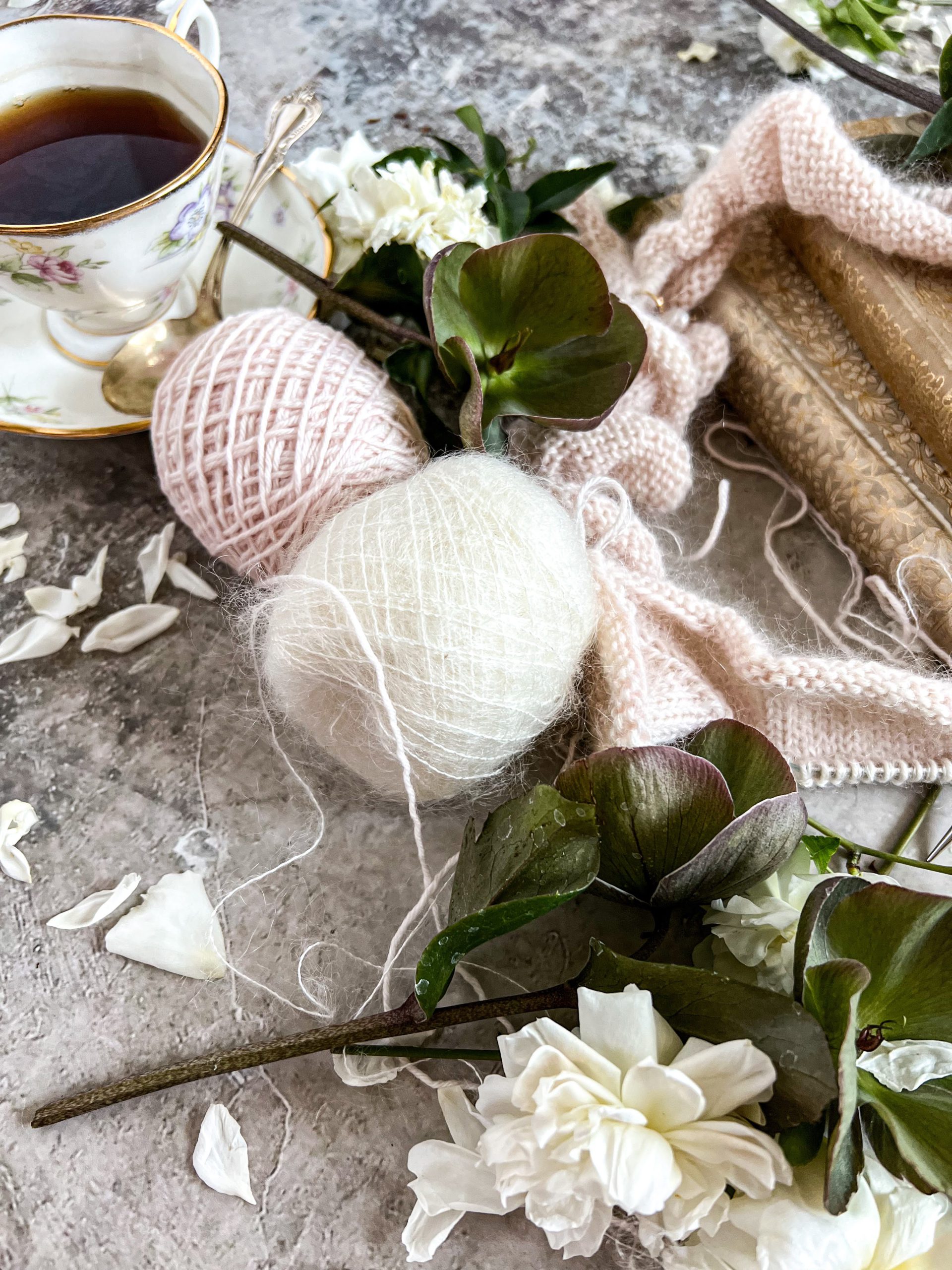
That’s where a diverse test knitter pool can really help. Test knitters with different experience levels and from different knitting cultures can help a designer identify where their instructions are so closely tied to a particular knitting culture that they might not make sense in another.
Ultimately, there isn’t a right or wrong level of knowledge to assume in your knitters. What’s most important is communicating those assumptions to people using your patterns. Likewise, knitters need to stop and ask themselves what assumed knowledge they might be missing.
Together, those two steps can avert a lot of frustration.
Let’s stay connected!
Join my newsletter for 30% off all new releases, regular updates with helpful tips and tricks, first crack at registration for upcoming workshops, exclusive discounts, and more.
Join the A Bee In The Bonnet Facebook Group to participate in knitalongs and other fun community events
Come hang out with me on the A Bee In The Bonnet TikTok
Follow along on the A Bee In The Bonnet Instagram
Get inspired via the A Bee In The Bonnet Pinterest


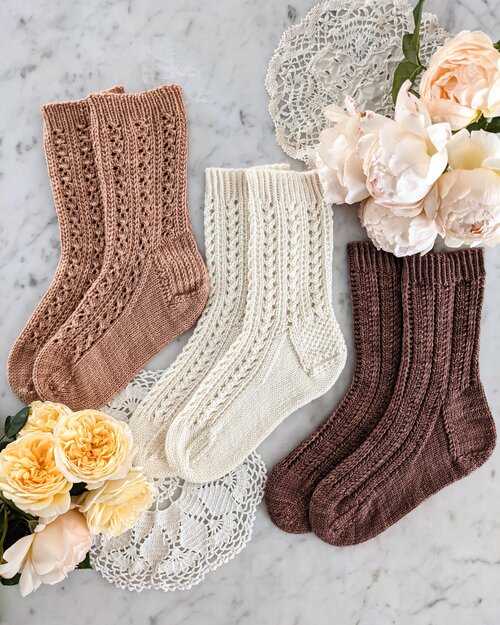
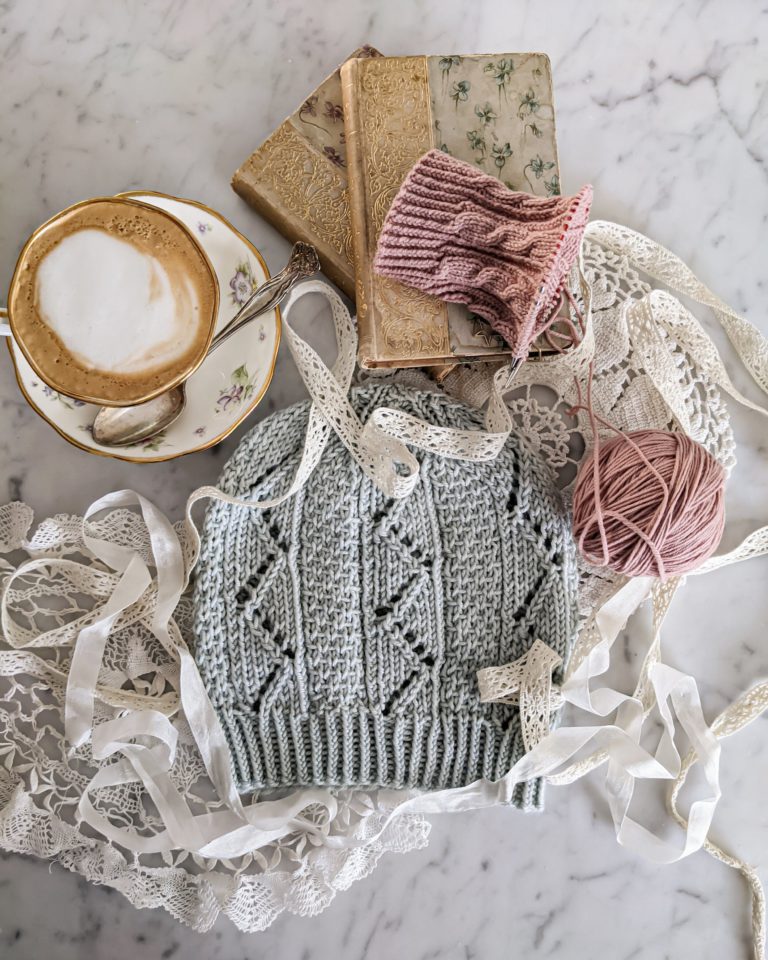
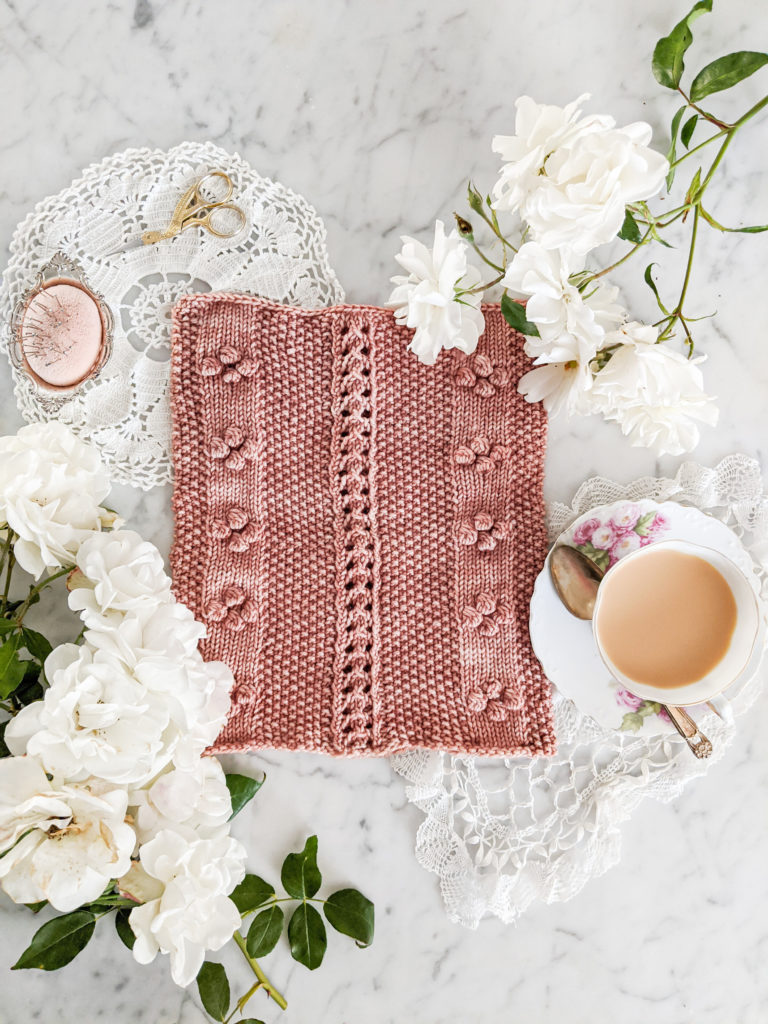

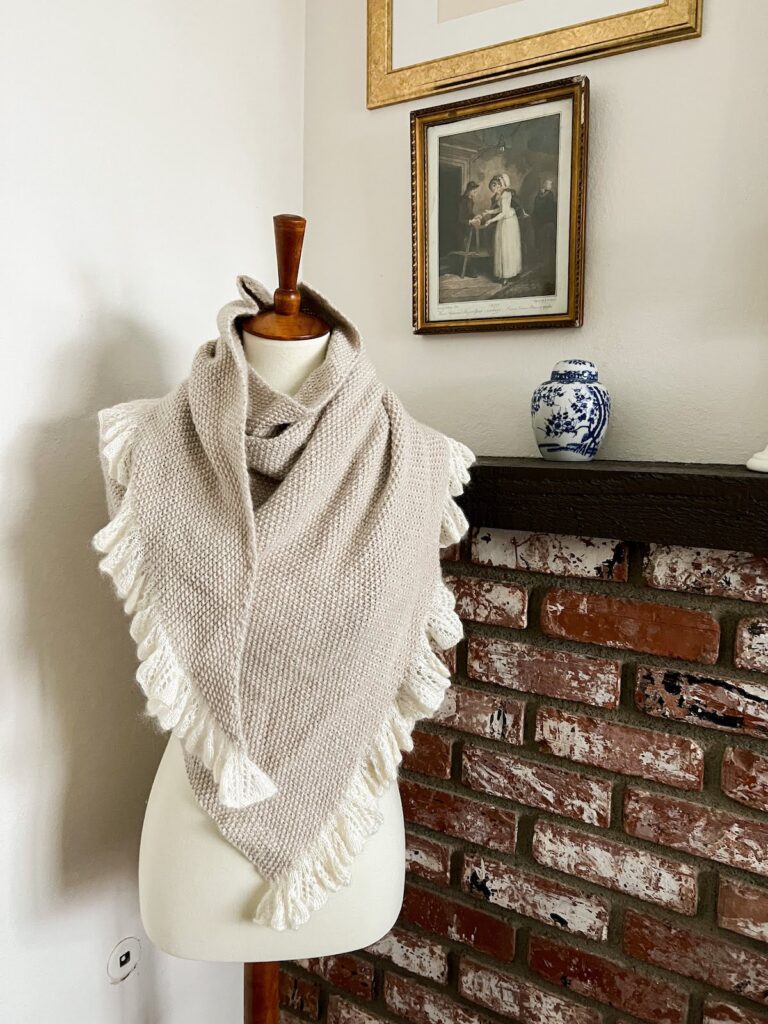
I am a fairly new knitter and learned how to knit by watching tutorials on YouTube. I think most of us are visual learners. It took me a few years before I ventured into the realm of making something by following a pattern that I had not seen someone make. I have to admit I distrusted that the instructions would be precise and clear enough for me. Even the term “work even until a piece measures x cm” was foreign. I’m grateful to designers like you who are conscious that we “beginners” need everything kinda spelled out…like apply sponge to body;) Thank you for your insightful post!
It’s tricky remembering to be aware of the things that feel second-nature, but so important when trying to write clear directions! I’m glad you were able to get comfortable using written patterns and hope you’re still having fun on your knitting journey.